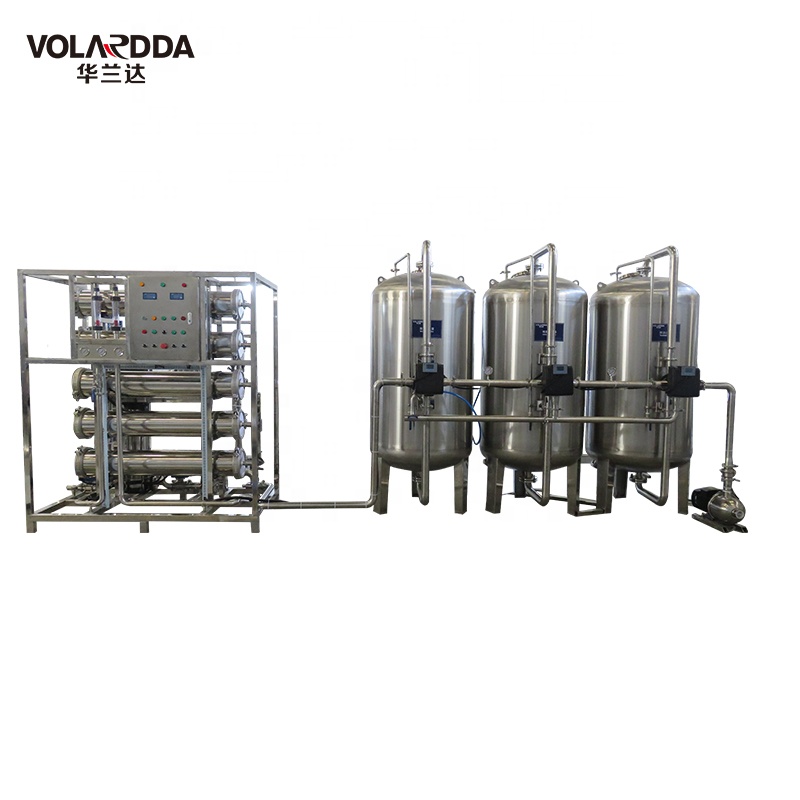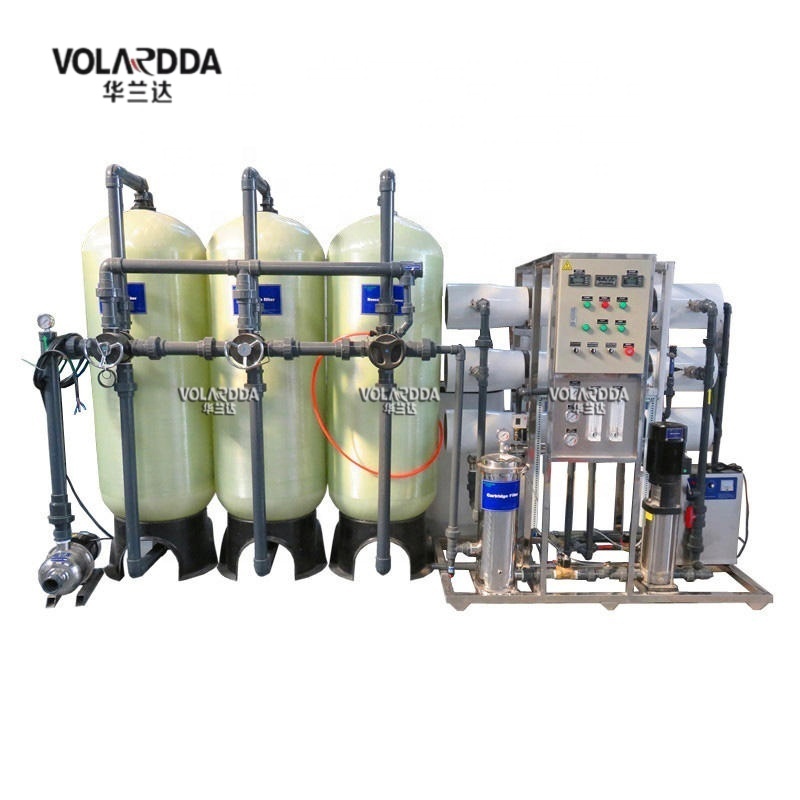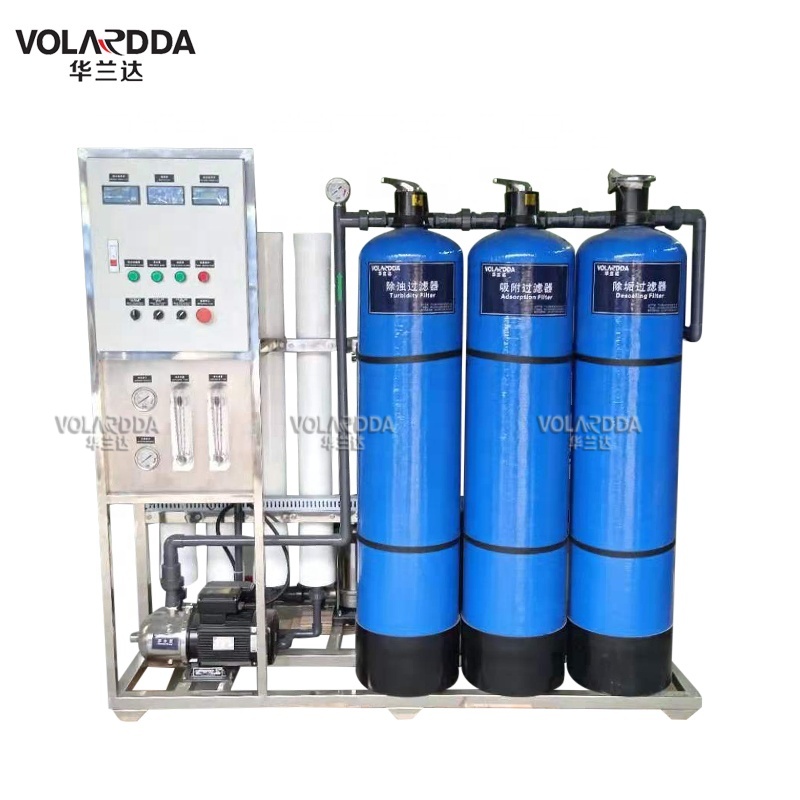Brackish water tastes bitter and astringent, and is difficult to drink directly. Long-term drinking can lead to gastrointestinal disorders. Brackish water refers to water with alkalinity greater than hardness, and contains a large amount of neutral salts, with a pH value greater than 7.
Methods for desalinating brackish water:
1: Distillation
Distillation is the process of heating brackish water or seawater to boil and evaporate, and then condensing the steam into fresh water. Distillation is the earliest method for desalinating brackish water. Its main advantages are simple structure, easy operation, and good quality of fresh water. There are many types of distillation, such as multi-effect evaporation, multi-stage flash evaporation, compressed steam distillation, membrane distillation, etc.
2: Electrodialysis
Electrodialysis uses ion exchange membranes to separate anions and cations in salt water under the action of an electric field, thereby reducing the salt concentration in the fresh water chamber to obtain fresh water. A membrane separation technology. The electrodialysis device uses the directional migration of ions under the action of an electric field to achieve the purpose of desalination through a selectively permeable ion exchange membrane. Electrodialysis brackish water desalination technology is relatively mature, with the main advantages of simple process, high desalination rate, low water production cost, convenient operation, no pollution to the environment, etc., but there are disadvantages such as strict requirements on water quality and need to pre-treat the raw water. In the 1950s, the United States and the United Kingdom began to use this method for brackish water desalination, and China used this method for brackish water desalination, industrial pure water and ultrapure water production in the 1980s.
3: Reverse osmosis method
Reverse osmosis is to add a higher pressure than natural osmosis to one side of the concentrated solution, reverse the direction of natural osmosis, and press the ions in the solution to the other side of the semipermeable membrane. This is opposite to the normal osmosis process in nature, so it is called "reverse osmosis", and this device is called a reverse osmosis device. The reverse osmosis brackish water desalination method can remove more than 90% of soluble salts and more than 99% of colloidal microorganisms and organic matter from water. Compared with other water treatment methods, it has the advantages of no phase change, normal temperature operation, simple equipment, high efficiency, small footprint, easy operation, low energy consumption, wide adaptability, high degree of automation and good water quality.





